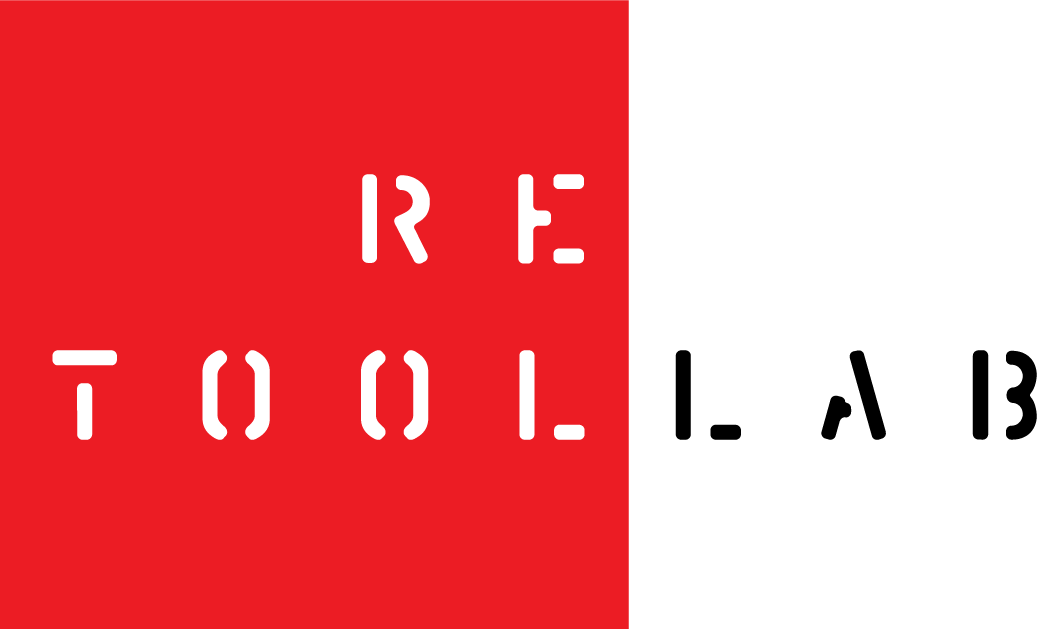Finding opportunity in disruption.
(Originally published on June 6, 2020)
COVID-19 “has brought the future forward” says a new report by RBC Wealth Management. The author of “Eight ways COVID-19 will transform the economy and disrupt every business” – the bank’s Senior Vice President, John Stackhouse – reminds us that rather than changing “the trajectory of the Fourth Industrial Revolution,” the impact of the COVID crisis is actually producing “an even greater desire to harness smart technologies.” He concludes, not surprisingly, that organizations will need to rethink their respective business models.
Stackhouse doesn’t merely suggest life won’t be going back to normal any time soon, he tells readers that with 40% of Canadians working from home now, and for the foreseeable future, “the Canadian economy will be operating below pre-coronavirus levels until 2022.” He also points out that 37% of US jobs could be done from home, and that 75% of Canadians have indicated they would prefer to work from home a little or a lot more often once restrictions ease.
Moreover, Stackhouse tells us 68% of Canadians are unlikely to take a vacation in 2020, and once the pandemic has ended, 63% will drive rather than fly for their get-away. On top of that, only 32% will stay at a hotel/resort. And after the lockdown, 70% of Americans expect to avoid some public spaces; more than half expect to stay away from shopping malls.
70% of Americans expect to avoid
some public spaces after the lockdown
These findings greatly impact cultural institutions: about 65% of visitors to the Canadian Museum of History, for example, are tourists. Not being able to rely on international or even inter-provincial tourism to cushion revenue, they need to find new revenues sources. Clearly, arts and culture providers have to find creative ways to deliver to consumers who aren’t willing to leave home.
Stackhouse conveniently points to the answer: more people, he says, are spending on home entertainment. Netflix, for example, added 16 million subscribers in the first quarter of this year. So museums should be thinking about appealing to streaming services: content creators, Stackhouse writes, can work with platforms to build global audiences.
Is there a market? In 2019, 6.8 million people visited the British Museum; about 18,600 per day. In healthier times, the Vatican Museum welcomes about 29,000 visitors per day. About 4 million people visit Pompeii annually, including one day last May when 40,000 people visited. Those in situ visits stretch the capacity of these institutions to accommodate all their visitors. And, yet, Stackhouse says the Vancouver Symphony Orchestra received more than 120,000 views for a recent virtual performance and, during the quarantine, the British Museum has had, daily, 75,000 online visitors – which translates to a little more than 27 million visitors per year.
Content development represents a huge opportunity in this disruptive time – if cultural institutions are willing to escape the shackles anchoring them to their physical location and build influence with broader and more global audiences. There is an audience wanting to hear what you have to say. New business models, new engaging content, new immersive virtual experiences, and importantly, new monetization strategies, will help them find the way forward. This is where Retool Lab comes in.
To read the RBC research report, go to: https://www.rbcwealthmanagement.com/ca/en/research-insights/eight-ways-covid-19-will-transform-the-economy-and-disrupt-every-business/detail/?utm_id=wm1551283552869833
Retool Lab is a collaborative focused on helping cultural, entertainment and public institutions regroup, reshape, and retool their strategy to recover from the economic impact of the current crisis, and to use these insights as a springboard to thrive far into the future. You can contact us at info@retoollab.com or at www.retoollab.com

